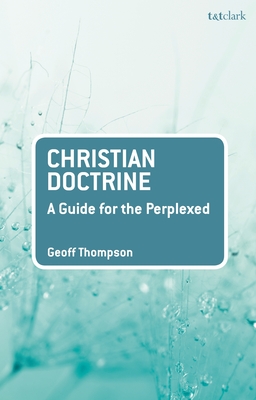
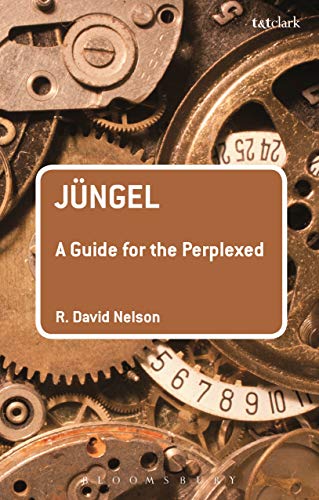

Books in series

Christian Doctrine
A Guide for the Perplexed
2020

Jüngel
A Guide for the Perplexed
2019

J.R.R. Tolkien
A Guide for the Perplexed
2019
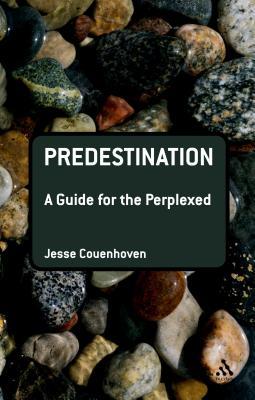
Predestination
A Guide for the Perplexed
2013
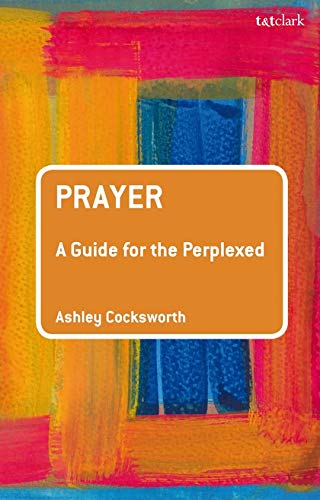
Prayer
A Guide for the Perplexed
2018
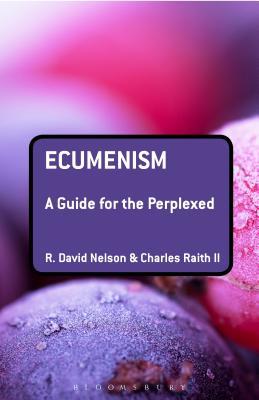
Ecumenism
A Guide for the Perplexed
2015

Barth
A Guide for the Perplexed
2013
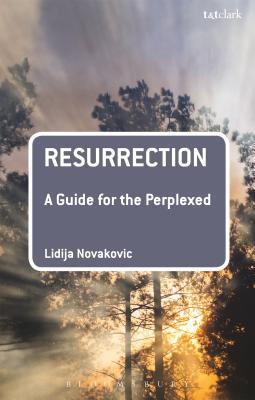
Resurrection
A Guide for the Perplexed
2016
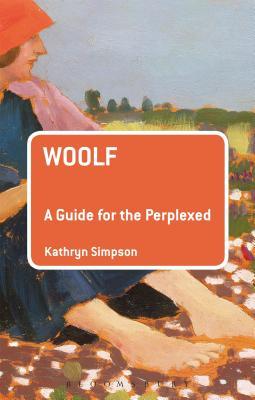
Woolf
A Guide for the Perplexed
2015
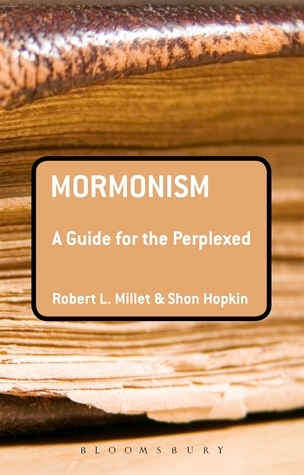
Mormonism
A Guide for the Perplexed
2012
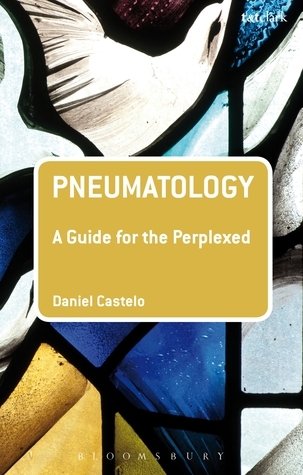
Pneumatology
A Guide for the Perplexed
2015
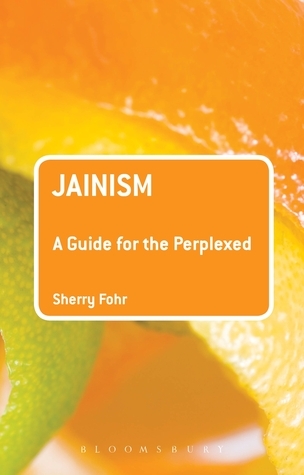
Jainism
A Guide for the Perplexed
2013
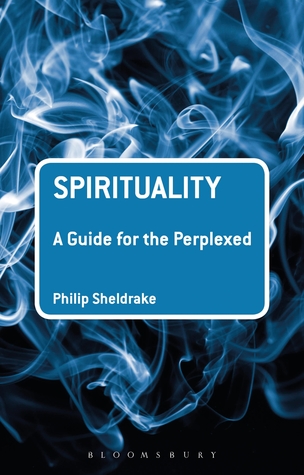
Spirituality
A Guide for the Perplexed
2012
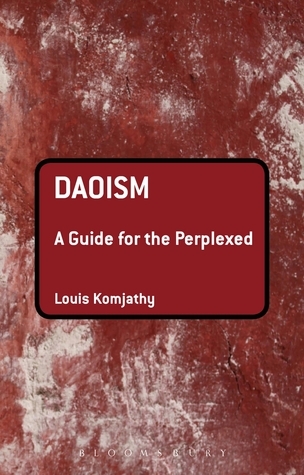
Daoism
A Guide for the Perplexed
2013
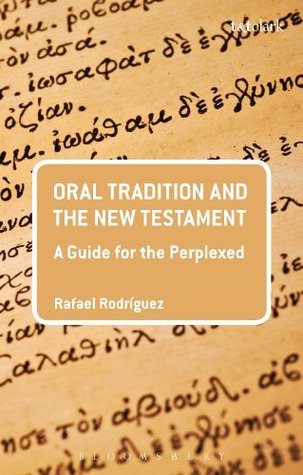
Oral Tradition and the New Testament
A Guide for the Perplexed
2013
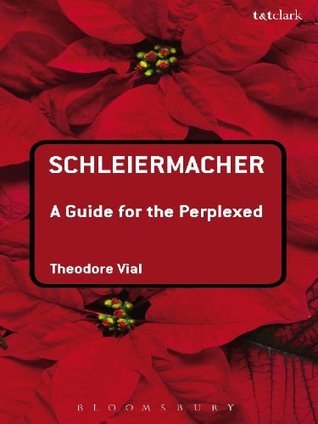
Schleiermacher
A Guide for the Perplexed
2013
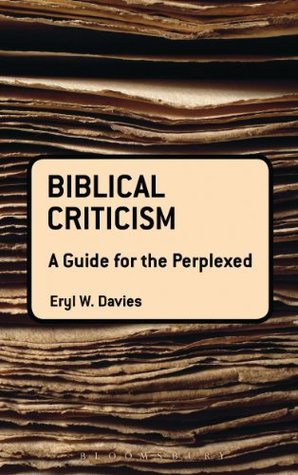
Biblical Criticism
A Guide for the Perplexed
2013

Mill
A Guide for the Perplexed
2012
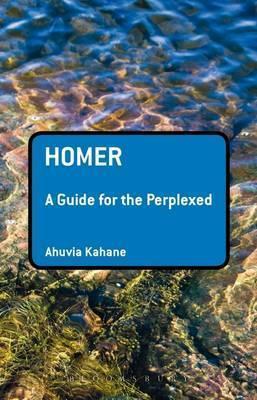
Homer
A Guide for the Perplexed
2012

Vegetarianism
A Guide for the Perplexed
2012

Frege
A Guide for the Perplexed
2012

Justification
A Guide for the Perplexed
2012
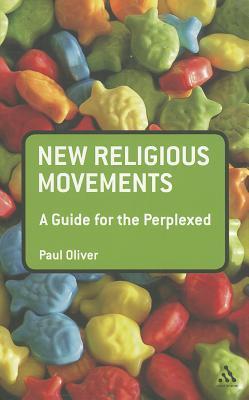
New Religious Movements
A Guide for the Perplexed
2011
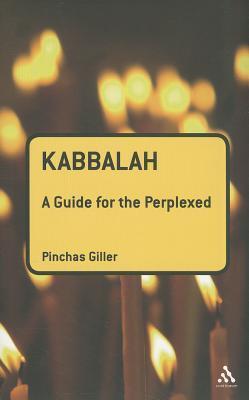
Kabbalah
A Guide for the Perplexed
2011
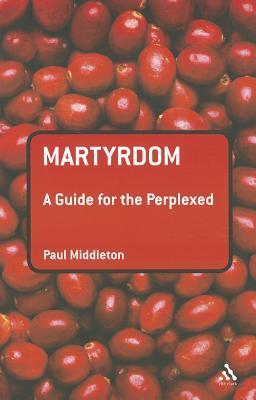
Martyrdom
A Guide for the Perplexed
2009
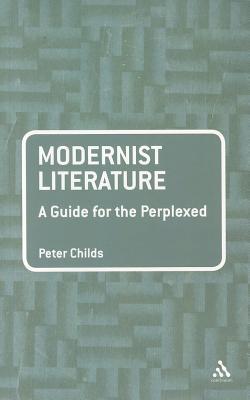
Modernist Literature
A Guide for the Perplexed
2011

Sin
A Guide for the Perplexed
2011
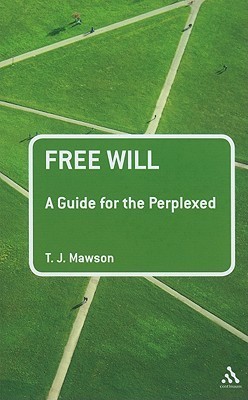
Free Will
A Guide for the Perplexed
2011
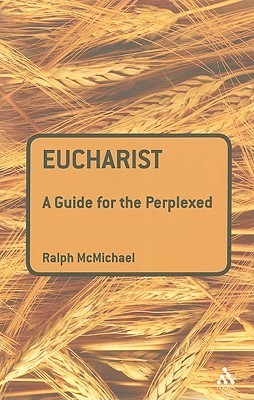
Eucharist
A Guide for the Perplexed
2010

Augustine
A Guide for the Perplexed
2010
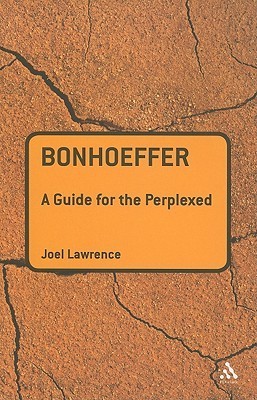
Bonhoeffer
A Guide for the Perplexed
2010

Joyce
A Guide for the Perplexed
2009
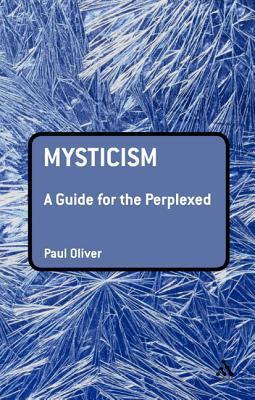
Mysticism
A Guide for the Perplexed
2009
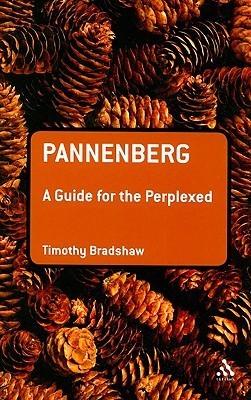
Pannenberg
A Guide for the Perplexed
2009

Bentham
A Guide for the Perplexed
2009
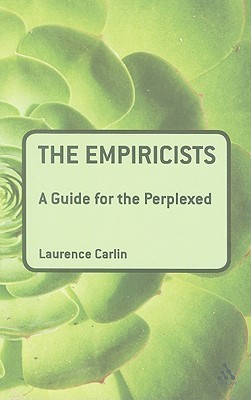
The Empiricists
A Guide for the Perplexed
2009
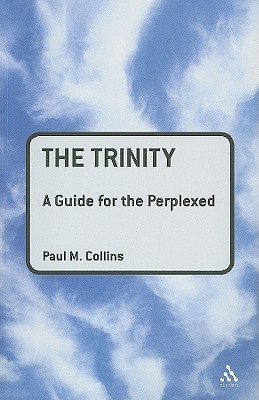
The Trinity
A Guide for the Perplexed
2008
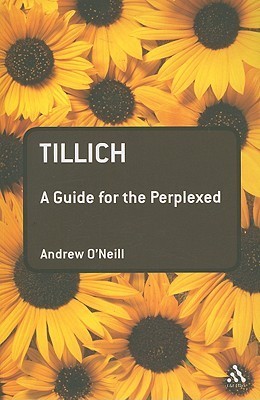
Tillich
A Guide for the Perplexed
2008
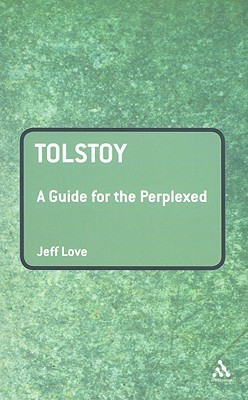
Tolstoy
A Guide for the Perplexed
2008
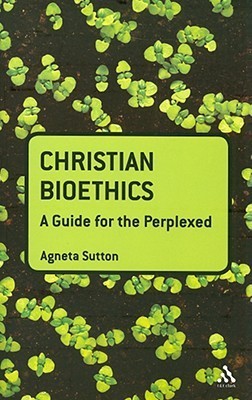
Christian Bioethics
A Guide for the Perplexed
2008

Freud
A Guide for the Perplexed
2008
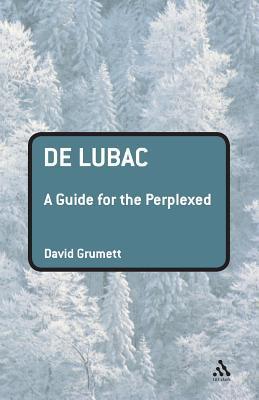
De Lubac
A Guide for the Perplexed
2007
Authors

James Wetzel is the Augustinian Chair in the Thought of St. Augustine of the Philosophy Department at Villanova University. His Areas of focus are Augustine and Platonism, moral psychology, metaphysics of evil, mysticism and mythology. His areas of interest are post-Hellenic philosophy (Rome and its discontents), modern philosophy and the cogito (the Cartesian turn), post-Cartesianism and philosophy's end (Wittgenstein). His work has received funding from the Charlotte W. Newcombe Foundation.
Eryl Wynn Davies Eryl W. Davies is Professor and Head of the School of Philosophy and Religion at Bangor University, UK.
Philip Sheldrake is a theologian who has been closely involved with the emergence of Christian Spirituality as an academic field. Sheldrake is Past President of the International Society for the Study of Christian Spirituality, and was Leech Professor of Applied Theology at Durham University. His publications have focused on the interface of spirituality, theology, and religious history, and he has also written on religious reconciliation. Sheldrake trained in history, philosophy, and theology at the universities of Oxford and London, and later taught at the Universities of London and Cambridge. Sheldrake is Fellow of the Royal Society of Arts, Fellow of the Royal Historical Society, Senior Research Fellow, Cambridge Theological Federation, and Honorary Professor, University of Wales. He has also regularly been a visiting professor in the United States.

